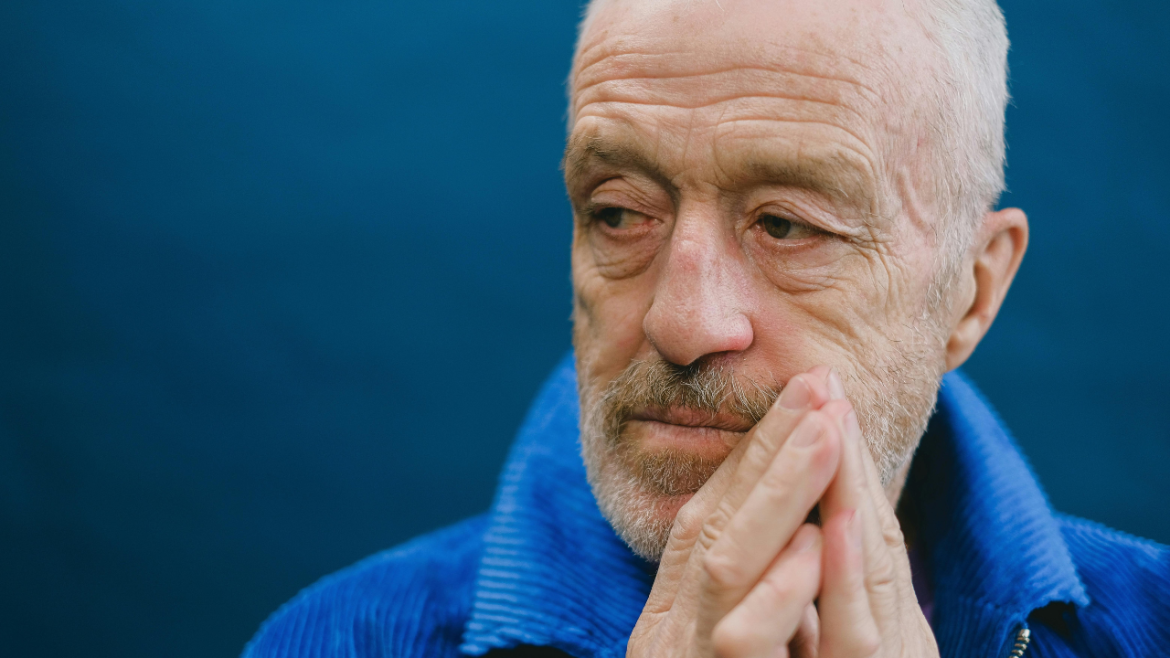What Happens When A Senior Goes Into Rehab?
Did you know that Leading Edge Senior Care has a Dementia Support Group? We meet monthly in Mesa. For more details <click here>
What Happens When A Senior Goes Into Rehab?
Entering rehab can be a daunting experience, especially for seniors. Understanding what happens during this crucial time can alleviate anxiety and help both seniors and their families feel more prepared for the journey ahead. Rehabilitation aims to restore independence, improve quality of life, and provide a supportive environment for recovery.
Initial Assessment and Personalized Plan
Upon arrival, a comprehensive assessment is conducted. This involves evaluating the senior’s physical, cognitive, and emotional health. The medical team will gather information about their medical history, current medications, and any pre-existing conditions. This thorough evaluation helps in creating a personalized rehabilitation plan tailored to the senior’s specific needs.
The initial assessment is crucial for setting realistic goals. It determines the baseline from which progress can be measured. Family members are often involved in this stage, providing valuable insights and support. Their participation ensures that the care plan aligns with the senior’s lifestyle and preferences.
Physical Therapy and Mobility Improvement
Physical therapy is a cornerstone of senior rehabilitation. It focuses on improving mobility, strength, and balance. Regular sessions with a licensed physical therapist help seniors regain independence and confidence in their movements. Exercises are carefully selected to match the senior’s abilities, ensuring they are both challenging and safe.
Mobility improvement is not just about walking. It includes activities like getting in and out of bed, climbing stairs, and even performing daily tasks such as dressing and bathing. Enhancing these skills reduces the risk of falls and enhances the overall quality of life.
Occupational Therapy and Daily Living Skills
Occupational therapy complements physical therapy by focusing on the skills needed for daily living. This includes tasks such as cooking, eating, and personal hygiene. Therapists work with seniors to develop techniques that make these activities easier and more manageable.
Adaptive equipment may be introduced, such as grab bars in the bathroom or modified utensils for eating. These tools empower seniors to maintain their independence and continue performing everyday tasks with minimal assistance.
Emotional and Cognitive Support
Rehabilitation is not solely about physical recovery. Emotional and cognitive health are equally important. Seniors often face emotional challenges such as depression or anxiety during recovery. Counseling and support groups provide a safe space to express feelings and share experiences with others going through similar journeys.
Cognitive therapy may also be part of the rehab process. Activities designed to stimulate the brain help improve memory, problem-solving skills, and overall mental acuity. This holistic approach ensures that seniors are supported in every aspect of their recovery.
Nutrition and Wellness
Proper nutrition plays a vital role in the rehabilitation process. Dietitians work closely with seniors to develop meal plans that meet their nutritional needs. Balanced meals promote healing, enhance energy levels, and support overall health.
Wellness programs may also include exercises such as yoga or tai chi, which promote flexibility and relaxation. These activities not only contribute to physical health but also provide a sense of community and belonging.
Family Involvement and Education
Family involvement is encouraged throughout the rehabilitation process. Regular updates and meetings with the medical team keep family members informed about the senior’s progress. Educational sessions teach families how to provide support and continue care at home once the rehabilitation period is over.
Understanding the challenges and progress helps family members feel more connected and reassured. It also equips them with the knowledge to create a safe and supportive environment at home.
Transitioning Back Home
As the rehabilitation period nears its end, the focus shifts to transitioning back home. A discharge plan is created, outlining the steps needed to ensure a smooth return to daily life. This may include home modifications, follow-up appointments, and ongoing therapy sessions.
The goal is to make the transition as seamless as possible. Home visits by therapists may be arranged to ensure that the senior can navigate their environment safely. Continuous support and regular check-ins help maintain the progress made during rehabilitation.
Conclusion
Rehabilitation for seniors is a comprehensive process that addresses physical, emotional, and cognitive needs. Through personalized care plans, therapy sessions, and family involvement, seniors are supported every step of the way.
Understanding what happens during this journey helps alleviate fears and prepares everyone involved for a successful recovery. The ultimate aim is to enhance independence, improve quality of life, and ensure a smooth transition back to everyday living.

